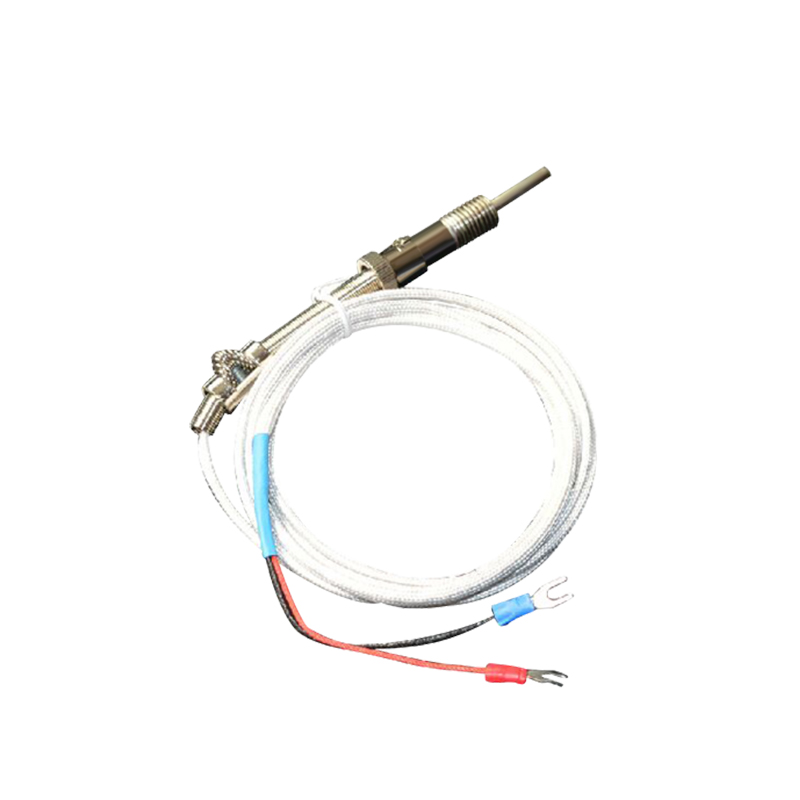Pressure sensors are devices that measure the pressure of liquids and gases. Pressure is the force required to keep a fluid from expanding, usually measured in force per unit area. The sensor acts as a sensor and generates a signal based on the applied pressure. There are several different types of pressure sensors.
Piezo pressure sensor
Piezoelectric pressure sensors work by generating a small voltage when mechanical stress is applied to the sensor. Let us understand the rationale behind them and their properties, as well as common uses in vacuum gauge technology and industry. In this webinar, you will learn more about this revolutionary pressure sensor technology.
Flexible piezoelectric pressure sensors have been developed that can be fabricated from PVDF/PET textiles. The top electrode is composed of silver-coated nylon fabric, while the bottom electrode is made of ITO-coated PET film. The two electrodes are connected by copper wires. To monitor the sensitivity of the device, the device was encapsulated in a PI film. The output voltage and current are measured with a nanovoltmeter and a galvanostat system.
Fabric-based pressure sensors have been developed for medical applications. They can be customized into large pressure sensors and can monitor the distribution of mechanical input stimuli. The full-fabric sensor contains 4 x 3 touch pixels and has a surface area of 1.5 x 1.5 cm2. Each pixel showed a uniform response and an average voltage signal of 0.51 +/- 0.04 V. A finger was placed on the fabric and a finger was pressed against each pixel cell to measure the electrical crosstalk between the electrodes.
Metal Oxide Semiconductor FET (MOSFET) based pressure sensor
Metal-oxide-semiconductor FET (MOSFET) pressure sensors are an excellent choice for pressure sensing. Its sensitivity, linearity, and fast response/recovery characteristics make it an excellent choice for a variety of industrial and medical applications.
The first step in fabricating a MOSFET pressure sensor is to fabricate the sensor platform using conventional CMOS/MEMS processes. The process involves six photomasks for lithography and diffusion processes. After the process is complete, the individual sensor chips are diced and mounted onto the sensor package. Then, wire bonds are used to connect the individual sensors together.
A MOSFET pressure sensor has two main components: source and drain. It also has an insulating layer between the gate electrode and the drain electrode. The two electrodes are connected in series, and the pressure on the gate electrode causes the drain current to change.
Vibrating wire pressure sensor
A vibrating wire pressure sensor is a pressure sensor with a resonant frequency. The resonant frequency depends on the temperature, which is usually controlled by a thermistor embedded in the sensor package. If the temperature is too high, the sensor may not be accurate enough. To prevent this, the sensor should be properly compensated.
A vibrating wire pressure sensor consists of a steel wire tensioned with an electromagnetic coil. The transient electrical pulses induced by the coil cause vibrations in the wire, which recirculate the current. This signal is then used to measure tension in the wire or strain in the structure.
Vibrating cylinder pressure sensor
The vibrating cylinder pressure sensor is a pressure sensor that measures the pressure in the cylinder. It works by detecting the movement of the cylinder's sidewall and feeding the signal to a processing unit that determines the vibration frequency and compares the measured frequency with a model of the cylinder's frequency response under different loads. The sensor then uses this information to determine the pressure applied to the diaphragm.
Vibrating cylinder pressure sensors are most accurate when dry gas is used as the calibration gas. Otherwise, the mass distribution of the fluid in the cylinder would create unnecessary measurement errors. In addition, the inertial effects caused by the fluid moving within the cylinder can cause the oscillations to decay.
Capacitive Pressure Sensor
Capacitive pressure sensors work by measuring the change in capacitance with changes in external pressure. The slope of the change in capacitance versus the change in external pressure is called the sensitivity of the sensor.
Researchers are exploring ways to increase the sensitivity of capacitive pressure sensors. One approach involves the use of porous conductive nanocomposites laminated with ultrathin dielectric layers.
 Spring press lead type
Spring press lead typeThe above equipment can fully ensure the provision of high-precision final Custom RTD sensors to customers, and can ensure that customers can meet all-round testing requirements for physical and chemical properties of materials, high-precision geometric dimension testing, etc.


































































 English
English русский
русский














